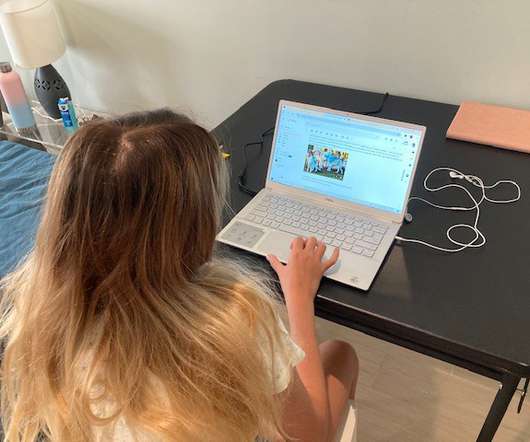What Happens to Student Data Privacy When Chinese Firms Acquire U.S. Edtech Companies?
Edsurge
APRIL 24, 2018
These concerns are only heightened as Chinese investors turn their attention to the United States education technology space acquiring companies with millions of public school users. Net Dragon, a Chinese gaming company that is building a significant education division, bought Edmodo for a combination of cash and equity valued at $137.5















Let's personalize your content